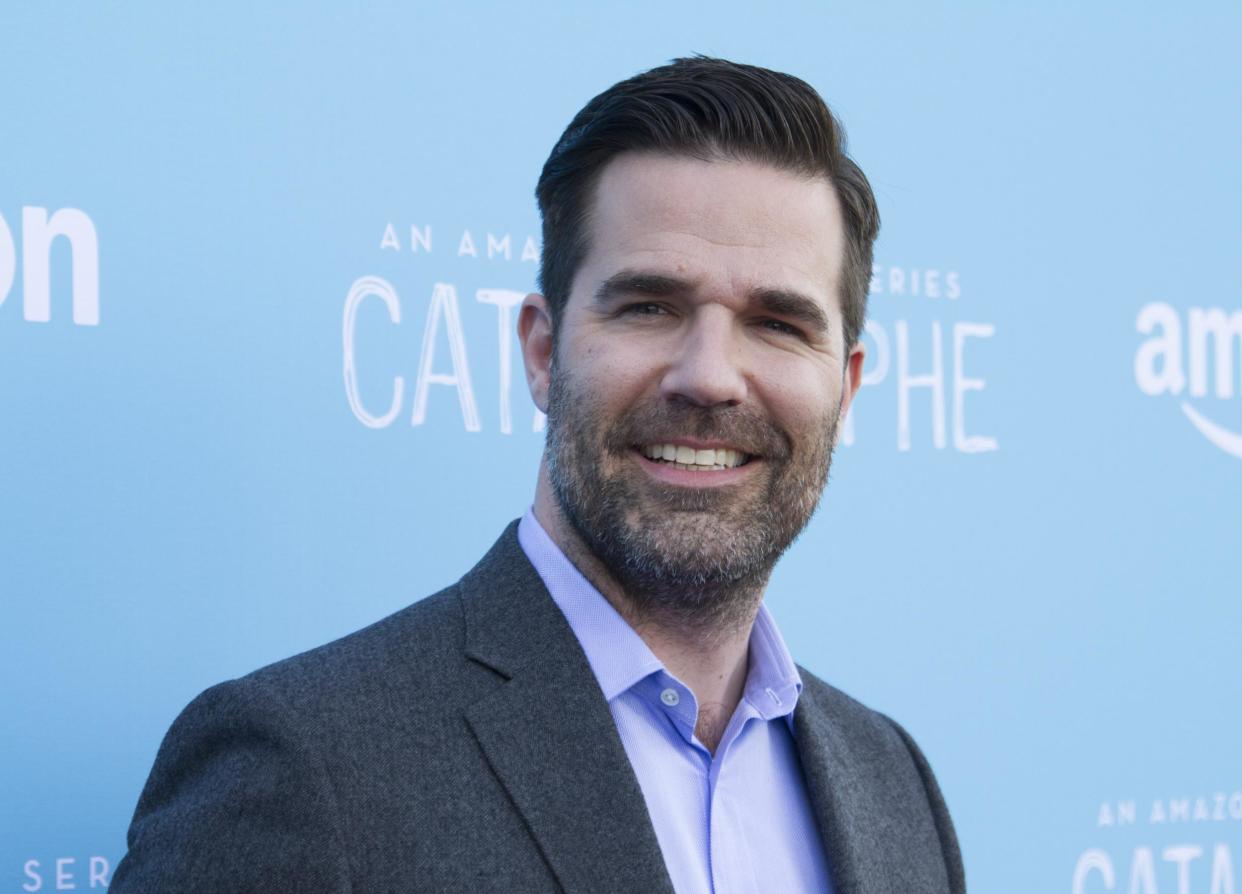Makaton: What is the sign language being used by Rob Delaney on CBeebies?

Actor Rob Delaney, star of hit comedy Catastrophe, has announced that he's going to be delivering a story on CBeebies Bedtime Stories using Makaton, a version of sign language that he used to communicate with his son Henry.
Henry passed away in January this year at the age of two after being diagnosed with a brain tumour.
Prior to his son's death, Delaney and the rest of his family used Makaton to converse with Henry, who was unable to speak after undergoing a tracheotomy.
“Our family learned Makaton to be able to communicate with our son Henry. We're sad Henry isn't here to see it but we're happy other families will get to enjoy a story told in Makaton.”
❤️@robdelaney reads & signs Ten In The Bed on 16th Nov.@MakatonCharity#CiN pic.twitter.com/x5Tc0KELqh— CBeebies Grown-Ups (@CBeebiesHQ) November 13, 2018
When was Makaton first developed, who uses it and why is it beneficial? Here's everything you need to know:
What is Makaton?
Makaton is a language programme that uses signs and symbols to help individuals who are unable to communicate efficiently through speech do so in an alternative way.
The signs used in Makaton have been designed to emulate those used in British Sign Language (BSL).
However, in contrast to BSL, Makaton is always used in conjunction with speech.
Makaton was first developed in the 1970s by Margaret Walker MBE, Kathy Johnston and Tony Cornforth, speech and language therapists who all worked together at the Royal Association for Deaf people.
The term "Makaton" was created by combining the first syllables of each of their names.
Makaton has been adapted for use in more than 40 countries, including Poland, Australia, Greece and Japan.
Why is it used?
The aim of Makaton is to help people with speech difficulties improve their communication skills, explains The Makaton Charity.
The signs and symbols used to communicate with Makaton are used in the same order as they would be if the words were spoken aloud, so as to support and encourage the development of spoken language.
When conversing using Makaton signs and symbols, people are encouraged to also use speech at the same time in order to improve their communication skills.
However, as the charity explains, it is a learning curve that requires practise.
Makaton can be used in a variety of ways depending on an individual's needs and preferences, such as in everyday conversation, when playing games and when telling stories.
Who does it benefit?
More than 100,000 children and adults use Makaton signs and symbols to communicate, according to The Makaton Charity.
The sign language programme is especially beneficial for people who have learning or communication difficulties, including those with conditions such as autism or Down's syndrome.
It can also be helpful for people such as stroke patients who are experiencing problems with their speech.
Furthermore, Makaton can be used to help young children who haven't learnt to speak yet develop their communication skills, as CBeebies explains.
Riverhead Infants' School in Kent uses Makaton to helps its students learn how to communicate effectively with one another and with their teachers.

